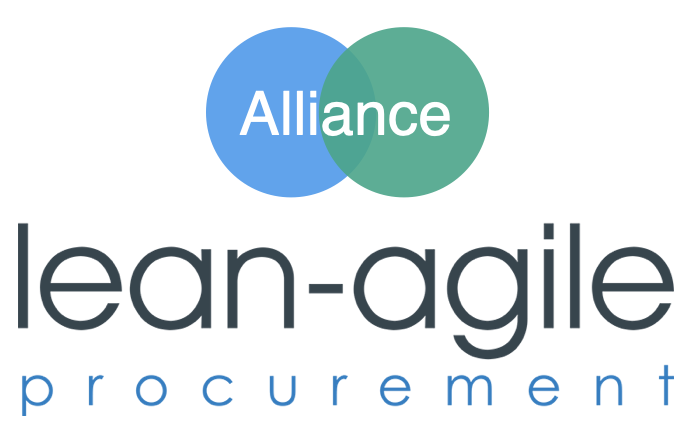
Contract Types
Joint Venture
Joint Venture
Contract
Characteristics
Category
Iron Triangle
In a Joint Venture contract, all the parameters are variable, expect some general agreements about cost- and profit sharing.
Agile Contract?
Yes, a Joint Venture contract can be considered an Agile contract because it allows for flexibility in scope and adaptability to changes. This alignment with Agile principles makes it suitable for iterative development and continuous feedback.
A Joint Venture Contract is more than an agreement, it defines a strategic partnership where both parties invest their time, resources and money. This contract type is suited for investive relationships and focuses on achieving a joint purpose / business case without specifying the exact methods, solutions, services, or products to be used. It allows flexibility in how the targets are met, encouraging innovation and adaptability.
Business Partner’s Perspective
Example
An example of a Joint Venture contract is the joint development of the COVID19 Vaccine by Pfizer, Biontech and Fosun. The scope was defined by a joint purpose along with an in initial definition of a cost-/profit sharing.
Also known as
Partnership Agreement, Collaboration Agreement, Strategic Alliance Agreement, Co-venture Agreement, Consortium Agreement, Cooperative Agreement, Teaming Agreement, Business Alliance Agreement, Ecosystem Agreement
From the business partners' perspective, a Joint Venture Agreement offers an opportunity to pool resources, expertise, and capital to achieve a common business goal, which might be challenging to accomplish independently. It allows for shared risk and reward, with each partner contributing to and benefiting from the joint venture's success. However, it also requires clear communication, alignment of interests, and careful management to ensure a harmonious and productive collaboration, as partners must navigate shared decision-making and potential conflicts.
Joint Venture Agreements have significant potential in supply chains experiencing disruptions, as they enable companies to collaborate closely, share resources, and enhance capabilities to address challenges. By pooling expertise, technology, and infrastructure, partners can create more resilient and flexible supply chains, mitigate risks, and respond more effectively to market changes and disruptions. This collaborative approach can lead to improved efficiency, cost savings, and the ability to innovate and adapt to new circumstances more swiftly.
Optimal if
A Joint Venture Contract is optimal when two or more parties seek to collaborate to leverage their combined resources, expertise, and market access to achieve a shared business objective that would be challenging to accomplish independently. This type of contract is particularly beneficial when partners aim to share risks and costs, enter new markets, or innovate and develop new products or services together.
Challenges
Alignment of Goals: Ensuring that all partners have aligned objectives and expectations can be difficult, potentially leading to conflicts.
Management and Control: Balancing decision-making authority and control among partners can create tensions, especially when partners have differing management styles or priorities.
Cultural Differences: Differences in corporate cultures, values, and practices can lead to misunderstandings and hinder effective collaboration.
Risk Sharing: Determining how to fairly share risks and liabilities can be complex, particularly if the joint venture faces financial or operational difficulties.
Profit Sharing: Agreeing on a fair distribution of profits can be challenging, especially if partners have contributed differently in terms of resources or expertise.
Intellectual Property Issues: Managing the ownership and use of intellectual property created or shared within the joint venture can be contentious.
Exit Strategy: Establishing clear terms for exiting the joint venture, including how assets and liabilities will be divided, can be complicated and may lead to disputes.
Regulatory Compliance: Navigating different legal and regulatory environments, particularly in international joint ventures, can be challenging and may require significant legal expertise.
Integration of Resources: Successfully integrating the resources, systems, and processes of the partner companies can be complex and time-consuming, potentially causing delays and additional costs.
Advantages
Resource Sharing: Partners can pool resources, including capital, technology, and expertise, to achieve goals that might be unattainable individually.
Risk Distribution: Risks are shared among the partners, reducing the burden on any single entity and providing a safety net against potential losses.
Market Access: Joint ventures can provide access to new markets, customer bases, and distribution networks, facilitating expansion and growth.
Increased Capabilities: Combining complementary strengths and capabilities allows partners to enhance their product offerings and operational efficiencies.
Cost Savings: Shared costs for research, development, and operations can lead to significant financial savings for all involved parties.
Innovation Opportunities: Collaborating with partners can stimulate innovation and creativity, leading to the development of new products, services, or processes.
Competitive Advantage: By leveraging the unique strengths of each partner, joint ventures can create a competitive advantage in the marketplace.
Flexibility and Adaptability: Joint ventures offer a flexible structure that can be adapted to changing market conditions, allowing partners to pivot strategies as needed.
Enhanced Credibility and Reputation: Collaborating with reputable partners can enhance a company's credibility and reputation in the industry, attracting new customers and opportunities.


